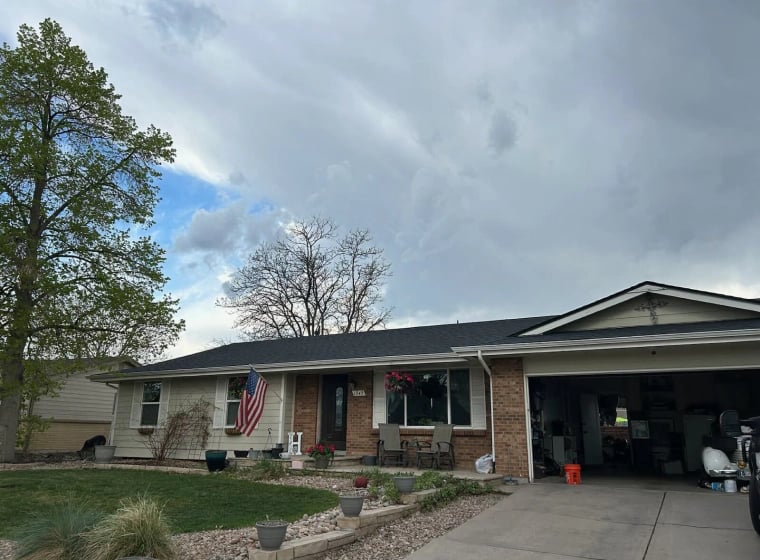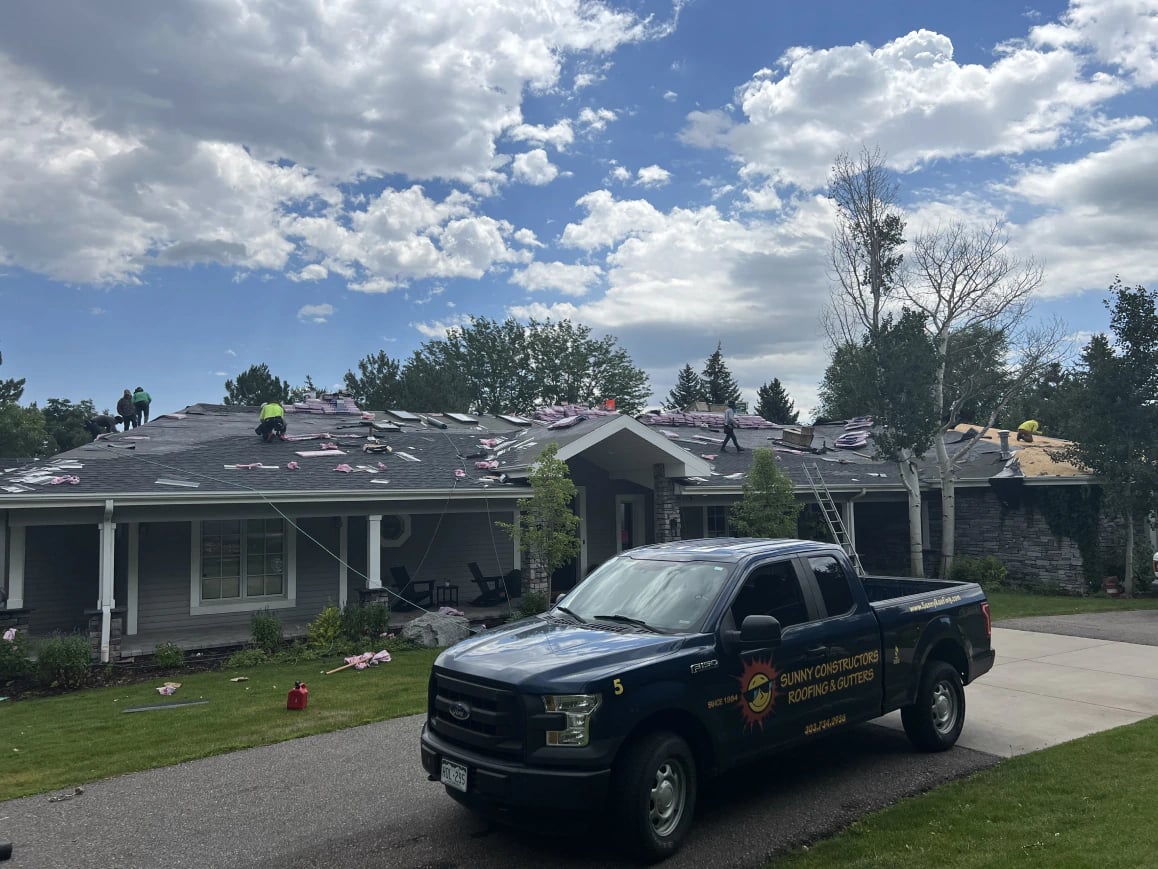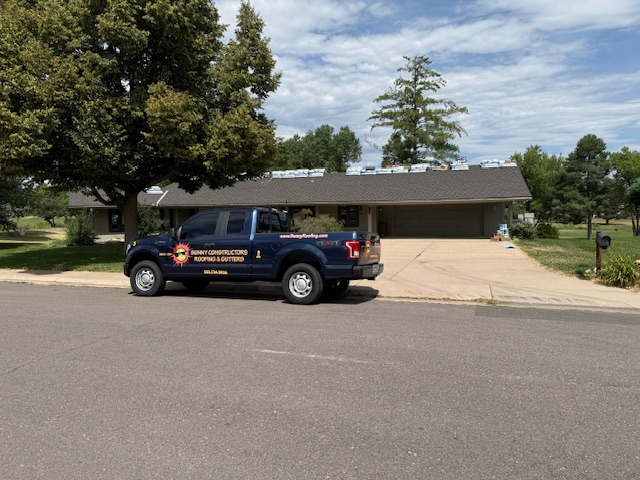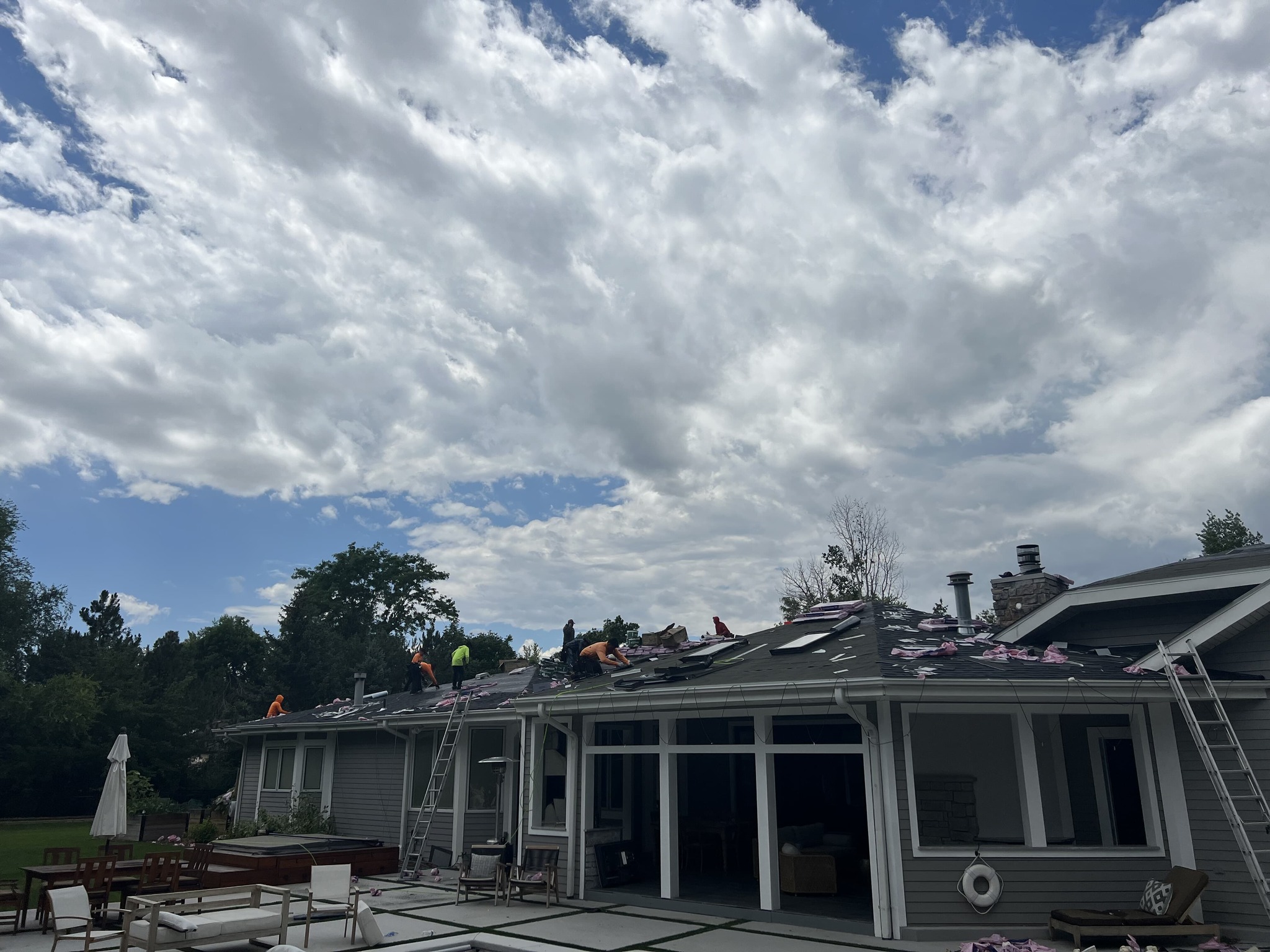Our Solutions
Top-Tier Roofing Solutions
From roof replacement to repairs and maintenance, our commercial and residential roofing services are designed to protect your home and business with durable materials and professional installation. We ensure every project meets code and manufacturer standards, delivering results that last through Colorado's toughest weather.

Commercial Roofing
Get solid results from trusted professionals who install, maintain, and repair every system on the market. Our commercial roofing work is backed by decades of hands-on experience.

Residential Roofing
Protect your home with quality products, experienced installation, and clear communication from start to finish. We make residential roofing simple and stress-free.

Gutters
Improve your roof's durability with seamless gutter services installed by our in-house crew. We fabricate and install gutters onsite for the best fit and function.

